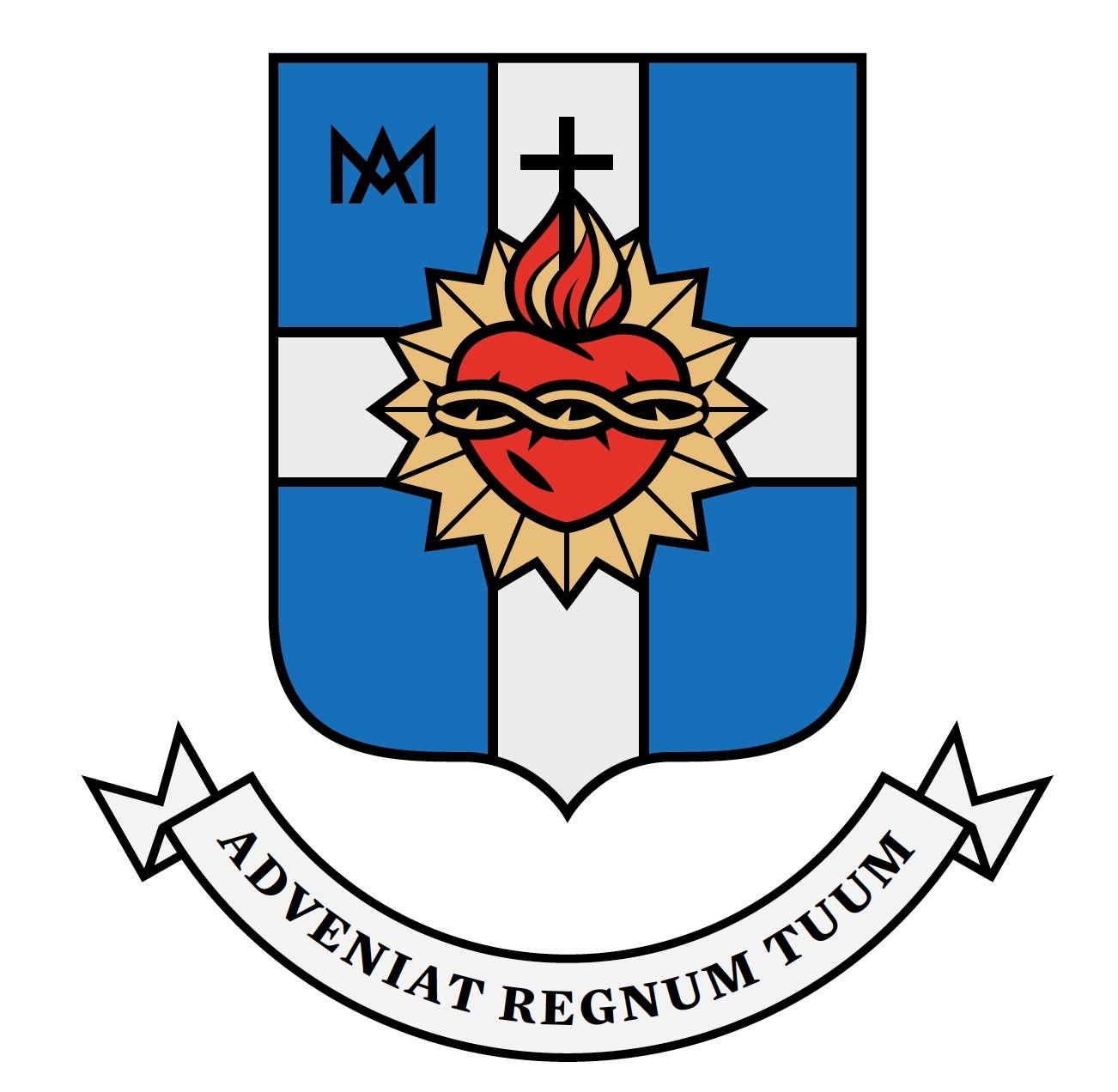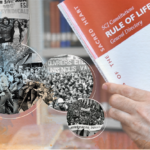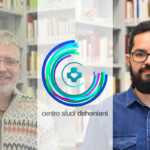Constitutions and Rethinking Devotion to the Sacred Heart
"Personally, I experienced the rewriting of the Constitutions and the Rule of Life above all as the necessary rethinking of the theology that was the basis of the devotion to the Sacred Heart."
I participated in the General Chapter of 1979, which dedicated much of its work to the examination of the “Rule of Life” published ad experimentum in 1973. The chapter approved as “Constitutions” a text that incorporated many changes in the 1973 text. All in all, with some modifications introduced over the years, the text approved in 1979, then confirmed by the Vatican in 1982, is the basis of our present Constitutions.
To put it simply, I think we can summarize the work of the 1979 General Chapter above all by the elimination of the devotional aspects of the cult to the Sacred Heart, which were too closely tied to its historical and ascetical development. And, on the positive side, there was an effort to present a spirituality which was better informed biblically and theologically, centered on the person of Jesus and on the “history of salvation”. I remember that as we debated about the text and as it came time to vote, it was evident, on the one hand, there was a fear of losing the richness of the formulations of the past, and, on the other, the intention of linking the Constitutions to the biblical and theological perspectives that had led the Church of Vatican II to the reformulation of the missal and the liturgical rites. I well remember the tense silence that followed the voting on individual proposals. There was even an intervention of protest because the yes and no votes were marked in temporal succession following the line and order of the polling stations, which made it possible to count and attribute placets and non-placets to the individual voter.
Personally, I experienced the rewriting of the Constitutions and the Rule of Life above all as the necessary rethinking of the theology that was the basis of the devotion to the Sacred Heart. I was ordained in 1967 and by 1965 the Council had closed. Therefore, half of my institutional theological studies were lived in the atmosphere of manuals written in Latin, with the study of theology that proceeded by rational deductions on the basis of neo-scholasticism, in which tradition and the Magisterium constituted the fundamental and irreplaceable references. I still remember with unease that the treatise that was the driest in content and most incomprehensible in formulation (to tell the truth, the shortest) was the one on the Trinity. In that context the spirituality of the Sacred Heart was presented and lived on two themes: the practice of communion on the first Fridays of the month and reparation.
The debate that took place throughout the course of the Council and which continued immediately afterwards in publications led to a rethinking of the method used in the study of theology, to the reformulation of all the individual treatises, and to the reformulation of ecclesial living, involving liturgy, devotions and spirituality.
Devotion to the Sacred Heart had been passed on to me from the parish basically through the practice of First Fridays of the month. In my initial formation in the novitiate, I used the traditional framework, linked to the revelations of St. Mary Margaret Alacoque, proposed in the Thesaurus through the filter of Fr. Dehon. Neither at that time nor in the years of subsequent formation did we move away from those references. The first step that I perceived as something new was the publication of Fr. E. Agostini, which presented the devotion to the Sacred Heart by using the “category of the symbol”.
Then came the formation of the first texts of post-conciliar theology, the new weight assumed by the Bible, the reformulation of the missal and the liturgy. I was fortunate because the professors we had in our scholasticate in Bologna were people who were part of the transformation produced by the study of theology in the post-conciliar period. From this renewal comes a series of reflections that guide me in orienting our spirituality. I will make a list which is not complete but will indicate some of the themes that influenced me
First of all, the historical framework of the devotional origin in the formulation and the actual practices of devotion to the Sacred Heart. This is a fact that needs to be accepted and interpreted within the framework of what is coherent and plausible within the culture of a given period. The reference to the Sacred Heart of Jesus must be grasped in the initial formulation of the devotion, in the developments it underwent at the level of worship and at the level of theological formulation, in the expansion determined by national cultures and by individual spiritual paths. To give an example: at the level of historical and devotional worship, France had experienced an involvement that Italy had not. Our Constitutions should be read keeping in mind this background, with its historical and devotional, theological and political, pietistic and liturgical components. It follows that the perspectives to be evaluated and considered, if one wants to outline a credible picture, are numerous and far from fixed.
The theological terms on which I am personally driven to reflect when I want to delve into the spirituality of the Sacred Heart today are the following: sin and salvation; expiation and forgiveness; oblation and grace; flesh and incarnation. These are all binary themes that bind man to God. Within the framework of devotion to the Sacred Heart, man takes into consideration the experience of sin, of the coming of the Kingdom of God, of expiation, of oblation, of the flesh; and, paralleling these considerations, the believer discovers that God responds with salvation, with forgiveness, with grace, and with the flesh assumed by Jesus of Nazareth.
I believe that every believer and every man who reflects on his faith experiences the problematic tension between these theological terms that constitute the building blocks with which devotion to the Sacred Heart and Christianity is constructed. The set of those terms, which synthesize the Christian experience, refers to the great question of Anselm of Canterbury who divides the history of theology into two periods: “Cur Deus homo?/Why did God become man?”.
Why the incarnation? Because of sin to be redeemed or because of the free plan of a God who saves?
Why the atonement(expiation)? Because sin lives in man or so that the following Christ involve the imitation of Christ?
Why oblation? Is it a question of an availability of life or of a commanded sacrifice?
Why the flesh and the laborious history of man? Is it to be considered as a place of sin or as a place proper to human finiteness? i.e., the garden to be worked?
Whether it is in the spirituality that has been communicated to me during my years of formation or whether it is in the reflection on our identity that we share in religious life, as well as in the rhythm of the liturgical year and in the presentation that we make to people, I have the impression that we propose more devotion than theology, more external practices than the perception of a God-grace who enters into history together with humanity.
This is a great reason for me to reflect on my being a priest and on the way in which we present Christianity and along with that, how we present devotion to the Sacred Heart of Jesus.
Brief biographical element: Alfio Filippi
Member of the ITS Province, he has been the Director of the EDB for many years. Participated in the XVII General Chapter (1979). He was provincial councilor of the ITS from 1982 to 1985. Currently (2022), he resides in the community of Bologna I.




